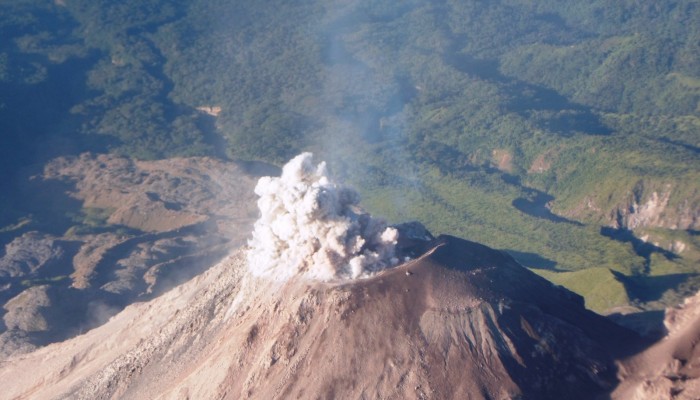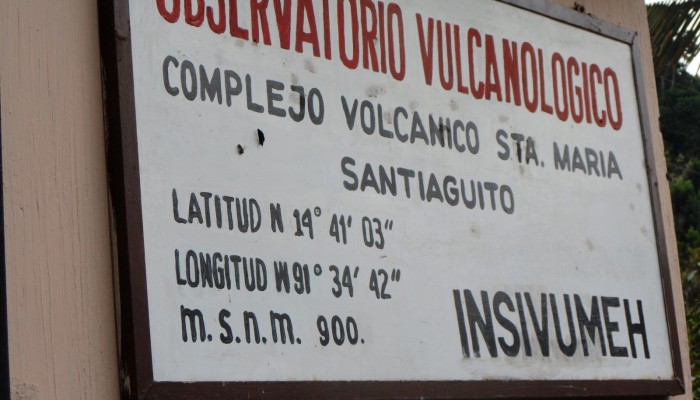Until 1996, Guatemala was in the midst of a brutal Civil War. This sculpture in the Presidential Palace of Guatemala City is a reminder of that troubled past and symbolic of a hopeful peaceful future. In the same way that conflict/disasters can hamper and set-back development efforts, conflict can also set-back disaster risk reduction and management. Even once finished, past conflicts can erode tr ...[Read More]
How ‘Natural’ is a ‘Natural Disaster’?
‘Natural disasters’ is a phrase widely used by the geoscience community but how accurate is it? Given the human and societal factors that create a disaster, it has been highlighted that there is no such thing as a natural disaster. Is this simply a convenient phrase that recognises the contribution of natural processes (e.g., earthquakes), are we being sloppy with our language, or are ...[Read More]
#EGU15 – Some Sessions of Interest (2) – Natural Hazards and Society
We’re expecting a strong GfGD presence again at the European Geosciences Union General Assembly in 2015 and look forward to meeting some of you there. Last week we noted some great sessions on natural hazards education, communications and geoethics (all with exemption from abstract processing charges). Here we note some sessions from the ‘Natural Hazards and Society’ session within the ...[Read More]
Images of Guatemala (8) – Volcanic Observatories
The volcanic observatories, run by the National Institute for Seismology, Volcanology, Meteorology and Hydrology (INSIVUMEH), are based close to Guatemala’s active volcanoes, including Fuego and Santiaguito. Observers, located at each observatory, make observations and work with those in the local community to share information about the volcano. Our fundraising project will be working to st ...[Read More]


